Is It Safe to Put Aluminum Foil on an Electric Stove?

Placing aluminum foil on an electric stove’s drip pans is generally considered safe if done carefully, but it carries some risks and precautions that users should understand to avoid fire hazards or damage to the stove.
Why People Use Aluminum Foil on Electric Stoves
Many individuals cover their electric stove’s drip pans with aluminum foil mainly for convenience and maintenance. It simplifies cleaning by catching spills, grease, and burnt-on food, preventing these from reaching the drip pans directly. This approach can extend the life of original drip pans by protecting them from rust and corrosion due to consistent exposure to moisture and food residues.
- Foil acts as a disposable layer, making post-cooking cleanups faster.
- It protects steel drip pans from rusting caused by spills.
- It can be a cost-saving alternative to buying replacement drip pans, which typically cost about $10–$20 each.
This method has historical and cultural roots, being commonly used across many households for decades. Some people consider it a traditional household trick, passed through generations, while others adopt it as a practical hack to maintain stove cleanliness and functionality.
Safety Considerations and Risks
Though many find aluminum foil safe for covering electric stove drip pans, the practice does involve some risks:
- Fire Hazard: If aluminum foil touches the heating elements directly, it can ignite or cause excessive heat build-up, posing a fire risk.
- Heat Trapping: Foil can reflect heat back but also trap excessive heat in localized spots, potentially damaging the stove’s components.
- Melting or Damage: Poorly placed foil may melt or deform, especially under high temperatures or if it covers parts it shouldn’t.
- Electrical Safety: It is generally safe electrically unless foil gets trapped in connectors or wiring, which could cause short circuits or other electrical issues.
To reduce these risks, avoid placing foil beneath the heating elements or near electrical contacts. Properly secure the foil to prevent it from shifting during stove use. Also, refrain from cooking or placing pots directly on the foil; it should only cover the drip pans around or beneath the burners, not contact the elements themselves.
Users should never cover burners with aluminum foil, as this can trap heat dangerously or damage the stove’s heating system. Additionally, avoid using other materials like plastic wrap under the coils, as some roommates have mistakenly done, which is unsafe and can cause fires.
Expert and Community Consensus
Multiple cooking and safety experts, backed by user experiences, suggest that aluminum foil on electric stove drip pans is safe when handled properly. Users report decades-long use without incident. However, they emphasize caution, especially around wiring and heating elements.
Those who have experienced fires or issues often attribute the cause to improper installation, such as foil touching the element or grease accumulating and igniting underneath. Fire safety courses recommend thorough cleaning and careful handling to minimize hazards.
Alternatives to Aluminum Foil
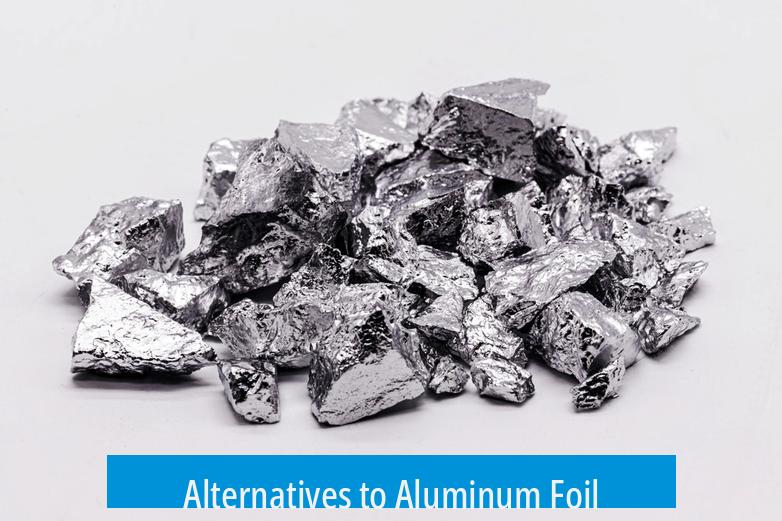
For those hesitant to use foil or seeking more durable solutions, several alternatives exist:
- Replacement Drip Pans: Affordable and designed for particular stove models, purchasing new drip pans is often recommended. They are easy to install and clean.
- Specialty Pan Liners: Some stores sell reusable or disposable drip pan liners made from safer, heat-resistant materials.
- Foil Pans Made for Stoves: Ready-made foil pans are designed specifically to fit stove drip pans and withstand heat safely.
- Improved Cleaning Practices: Regular washing and replacing drip pans when worn can reduce the need for foil covers.
Heat Reflection Effects
Aluminum foil is reflective and can increase stove efficiency by reflecting heat back toward the pans. This can enhance heating but may cause uneven heat distribution or localized overheating in some cases. Users note that reflective surfaces on drip pans might slightly improve energy use, but the effect is minor and stove manufacturers do not recommend foil as a performance enhancer.
Practical Tips for Using Aluminum Foil Safely
- Turn off and unplug the stove before placing or adjusting foil.
- Measure the drip pans for a proper foil fit; loose foil can slide and cause problems.
- Place foil only under the burners, not touching heating elements or wiring.
- Replace foil regularly, or when it becomes stained or damaged, to avoid sticking or buildup.
- Never cook directly on foil or leave the stove unattended while cooking with foil in place.
Following these guidelines preserves safety and extends the practical benefits of using aluminum foil for cleanliness.
Summary of Key Points
- Aluminum foil on electric stove drip pans is generally safe when properly placed and not touching heating elements or connectors.
- Foil simplifies cleanup and protects steel drip pans from rust and damage.
- Fire risks exist if foil contacts elements or traps grease; caution is necessary.
- Replacing drip pans or using specialty liners are safe alternatives.
- Foil’s heat reflection may slightly improve efficiency but is not a reason alone to use it.
- Unplugging the stove while installing or adjusting foil improves safety.
Is It Safe to Use Aluminum Foil on an Electric Stove? Unpacking the Mystery!
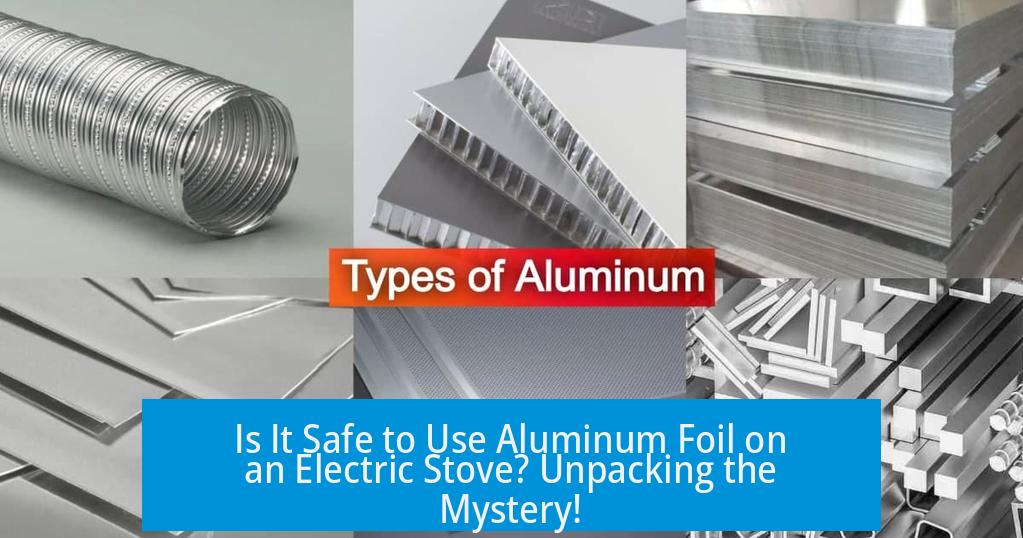
Yes, putting aluminum foil on an electric stove’s drip pan is generally safe if done correctly, but it requires some caution to avoid fire hazards and damage. Let’s dive into the whys, hows, and little-known quirks behind this tempting kitchen hack your roommate is rocking.
First, imagine this: Your roommate, a true kitchen pragmatist, slaps shiny aluminum foil on the electric burners’ drip pans. You stare, wondering, “Is this a culinary genius move or a recipe for disaster?”
Why Do People Use Aluminum Foil on Electric Stoves Anyway?
One word: cleaning convenience. Imagine scrubbing grease and burnt-on spills off old, rusty drip pans after making a mountain of pasta. No thanks! Aluminum foil acts like a disposable shield. When spills happen, you peel off the foil and—voila—the stove looks brand new again.
For over 20 years, countless kitchens have embraced this quick fix. One happy user states, “It’s safe, and it really cuts down on the mess after cooking. My teenager throws a party with pots and pans, but my foil game keeps my sanity intact.”
Besides ease of cleaning, aluminum foil protects the steel drip pans beneath the coils. Over time, these pans rust and corrode, especially if water or grease boils over regularly. Foil acts as a barrier, preventing damage and preserving the pan’s lifespan.
Some folks even call this an “@grandparents hack@,” a throwback to older, practical kitchen wisdom. Others recall families in far-flung places, like the former Yugoslavia, who swore by this method. Clearly, there’s a rich cultural thread here.
The Safety Lowdown: What Could Possibly Go Wrong?
Here’s the deal: Aluminum foil is generally safe under stove coils as long as you don’t sneak the foil directly on top of the heating element or let it bridge electrical connectors. That’s where trouble begins.
- If foil touches the heating element, it might ignite or cause uneven heating.
- Grease can trap under the foil and heat up, triggering fire hazards if you’re not careful.
- Foil melting or buildup may lead to damage or electrical shorts.
An experienced voice in fire safety warns, “If the foil overlaps or folds onto connectors, it raises a risk of fire. Only use foil to cover drip pans, not coils.”
Unusual warnings, like “don’t lick the foil while the burner is on,” bring some humor but drive a serious point home: proper use is vital.
Alternatives: So, Should You Just Buy New Drip Pans?
Absolutely! Replacement drip pans are cheap—usually around $10 to $20 for a whole set—and easy to find at Walmart or Amazon.
If you love the foil trick for cleaning ease but hate the look, specialty drip pan liners are also an option. These come in disposable or reusable forms and fit snugly under coils, catching spills without the risk of foil mishaps.
For the truly domestic DIYer, some swear by regular deep-cleaning cycles or dishwashing the pans. They pop the pans off, scrub with dish soap, let dry, then reassemble. It’s a bit of elbow grease but avoids foil concerns entirely.
Does Aluminum Foil Reflect Heat and Save Energy?
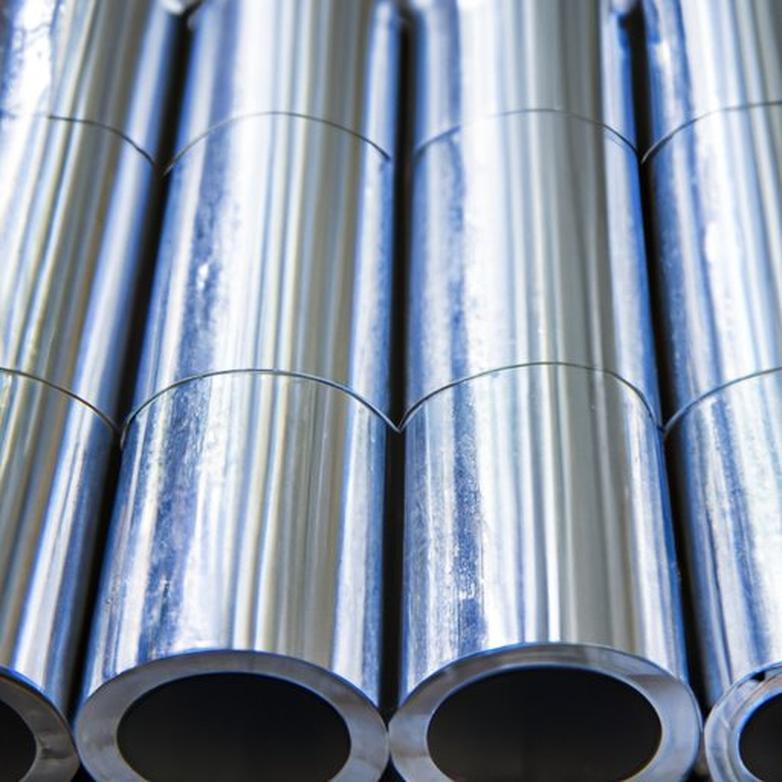
Many believe foil reflects heat back up toward the pan, potentially boosting cooking efficiency. The shiny surface bounces infrared rays, which might help food heat more evenly or faster.
But tread carefully: Covering your drip pans with foil can cause uneven burner performance. Some folks report hot spots or slower heating. So foil could make your stove less predictable.
Try it and see—but avoid wrapping foil around connectors or coils. Keep everything neat and flat.
The Social and Lifestyle Angle: More Than Just Practical
Using foil this way is a classic streaming-of-consciousness about frugal living and smart rentals. Many renters use aluminum foil to keep deposits intact—no harsh scrubbing or landlord complaining.
Friends joke about the “grandparents’ trick” vibe, calling it an 80s or Southern kitchen hallmark. In fact, if you visit many older homes across the U.S., you’ll spot this shiny DIY shield quite often.
On the other hand, if you come from a high-end kitchen background, this might be downright foreign or even shocking. So, take it as a lesson in cultural diversity within the culinary world.
Practical Tips to Use Aluminum Foil Safely on Your Stove
- Turn off and unplug your stove before handling drip pans or foil. This eliminates electrical shock or accidental fires.
- Never place foil directly on heating coils or allow it to touch any wiring or connectors.
- Measure your drip pans to cut foil pieces neatly; avoid excess foil folding under the pans.
- Replace the foil regularly. Dirt and grease build up quickly. Changing foil every few months or when it gets grungy prevents sticking or burning.
- Don’t cook with foil alone. It catches spills but it’s NOT a cooking surface.
- Never use plastic wraps or cling wrap on your stovetop. One roommate once tried it. The fire department was not amused.
- Keep a fire extinguisher handy as a wise precaution no matter your cooking style.
Personal Experience and Anecdotes
One user happily reports, “For 20 years, I’ve wrapped foil around my stove pans—it makes cleaning after pasta night a breeze. I pair this with regular checks to ensure the foil stays flat and away from electric parts.”
Alternatively, a cautionary tale: “One roommate’s gold foil experiment ended in a small fire. It turned out grease was trapped under the foil near the coil, ignited, and scared the heck out of us all. Lesson learned: don’t be lazy about cleaning.”
So, Should You Be Worried?
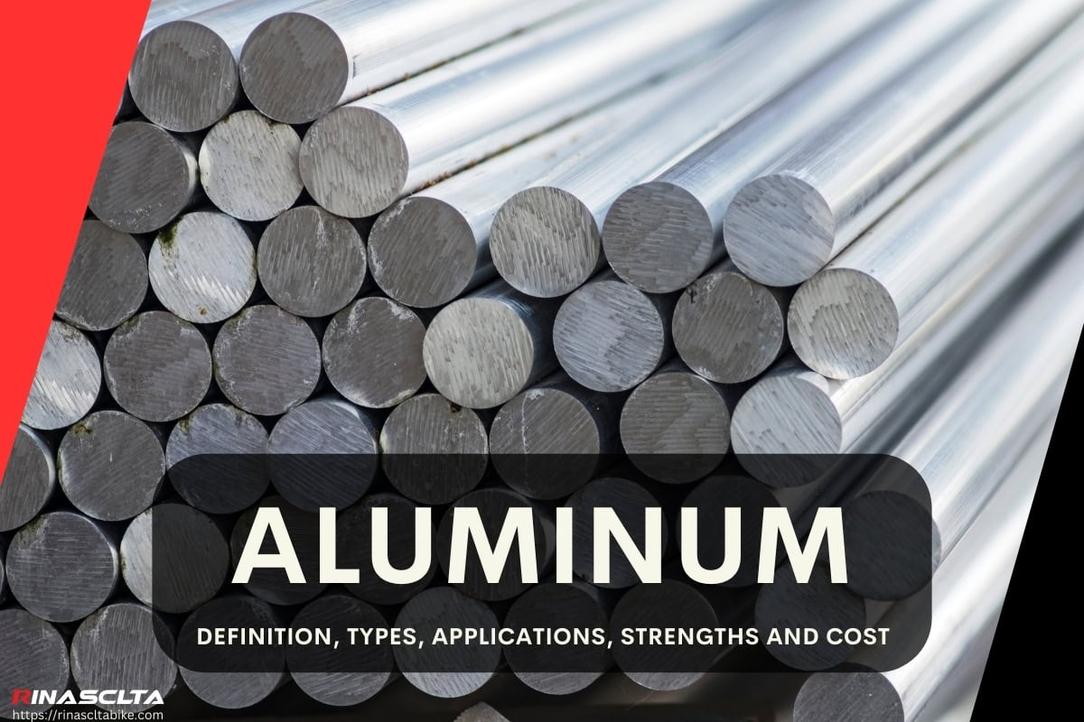
The verdict? If your roommate puts foil only on the drip pans and not on coils or connectors, it’s safe. The foil helps keep things clean, protects the metal, and doesn’t expose you to toxic or electrical hazards.
However, the foil must be installed carefully. No bubbling, no foil bridging ports, and definitely no foil wrapping coils or used as cooking plates.
If you want the ultimate peace of mind, buy replacement drip pans, or get specialized liners. They do the job without risks and can look cleaner too.
Ever thought about asking a roommate their rationale? You might discover a rich history of kitchen wisdom, a frugal tenant’s survival skill, or just a creative cleaning hack. Either way, it sparks a fun chat and maybe some extra kitchen harmony.
Quick Safety Checklist:
- Foil only on drip pans.
- Foil fitted neatly—no loose edges.
- Grease cleaned under foil regularly.
- Stove unplugged when installing/cleaning.
- No plastic or cling wrap allowed.
- Keep an eye on stove while cooking.
What do you think? Are you ready to champion the aluminum foil stove protection, or will you invest in shiny new drip pans instead? Either way, now you know the story behind your roommate’s shiny, reflective stove décor.
Next time you visit a friend’s kitchen, look closely—there might be a secret kitchen warrior who’s mastered the foil game for cleanliness and stove longevity!
Is it safe to put aluminum foil on an electric stove burner?
Generally, it is safe if the foil does not touch the heating element or get trapped in any connectors. It helps keep the stove clean and protects drip pans from spills.
Can aluminum foil on the stove cause a fire hazard?
Yes, if the foil contacts the heating coil or grease gets trapped underneath and ignites, it can cause a fire. Proper placement and avoiding contact with elements reduce this risk.
Are there better alternatives to using aluminum foil on electric stove burners?
You can buy inexpensive replacement drip pans or special liners made for stoves. These options avoid risks related to foil and are easier to clean or replace.
Does aluminum foil affect the stove’s heating efficiency?
Foil reflects heat, which might slightly improve heat direction. However, it could also cause uneven heating or overheating if not placed properly.
Why do some people use aluminum foil on stove drip pans?
It helps protect pans from rust and grease buildup. Many use it for easy cleanup and to avoid replacing pans frequently, especially in rental situations.


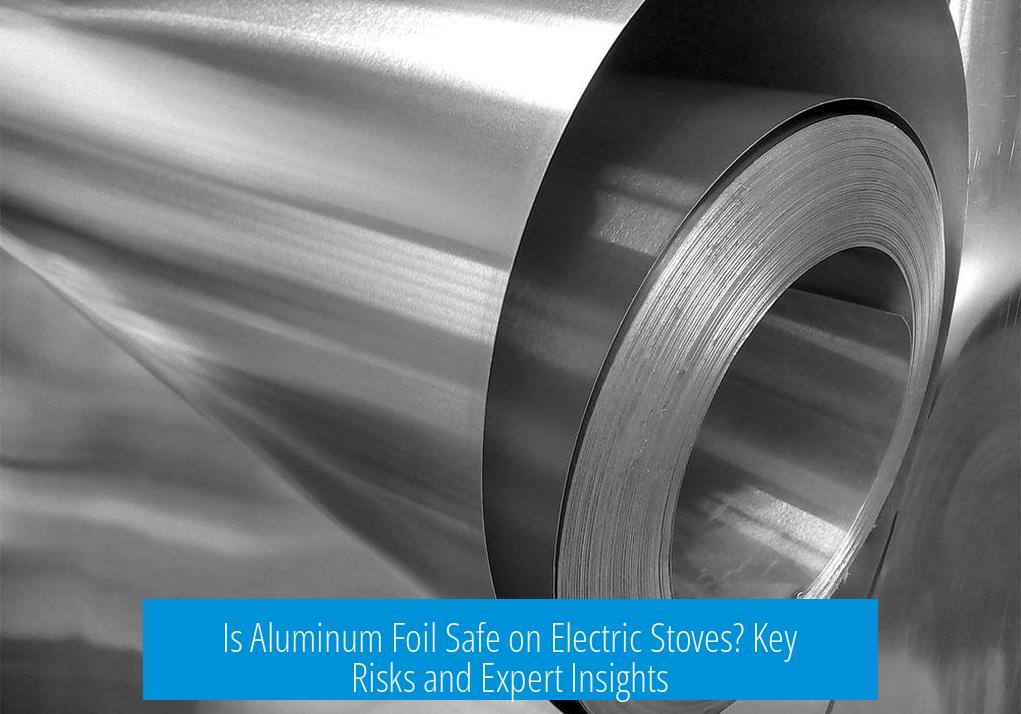
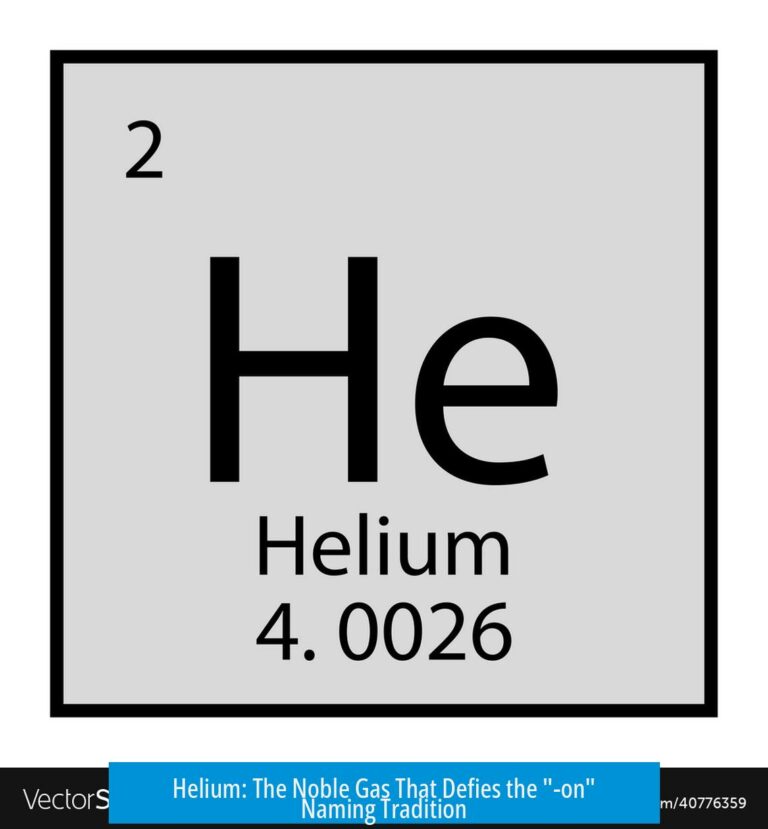
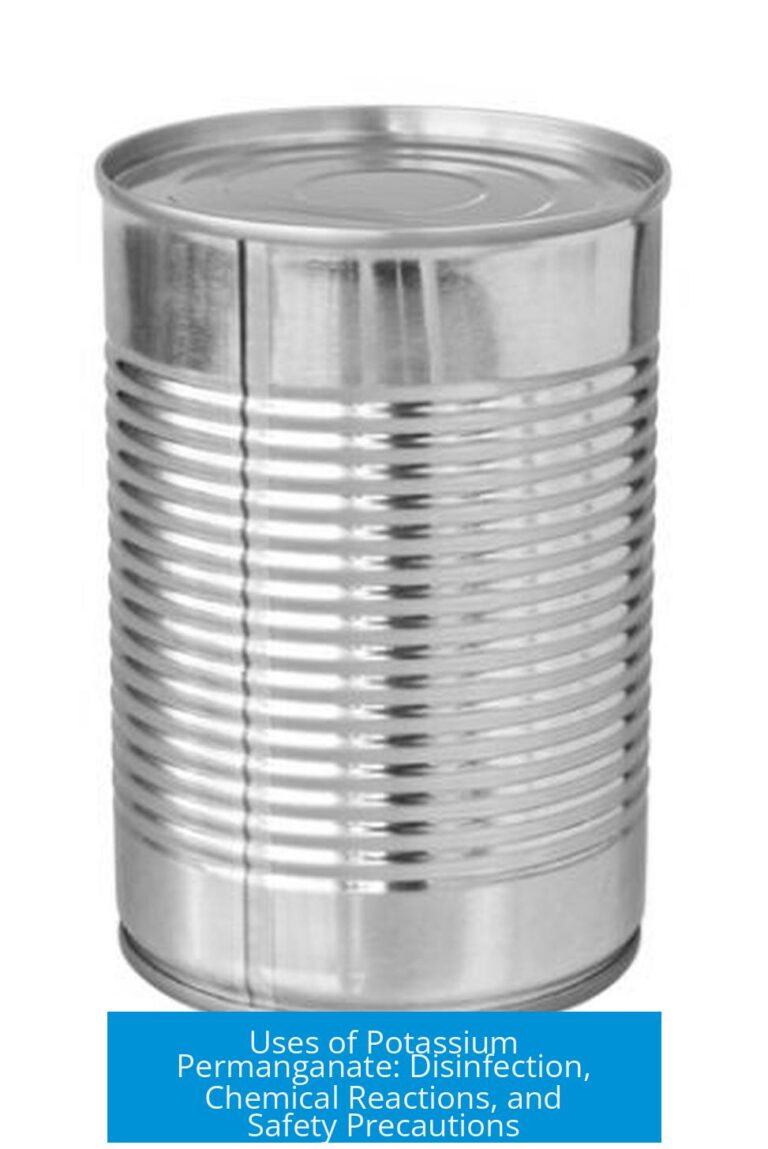
Leave a Comment